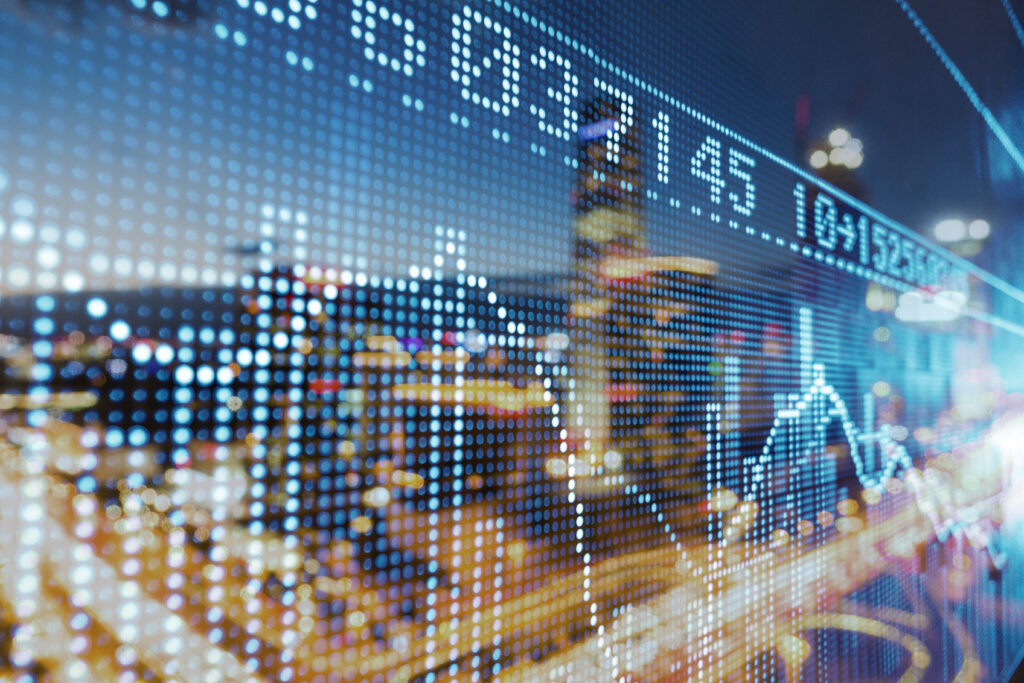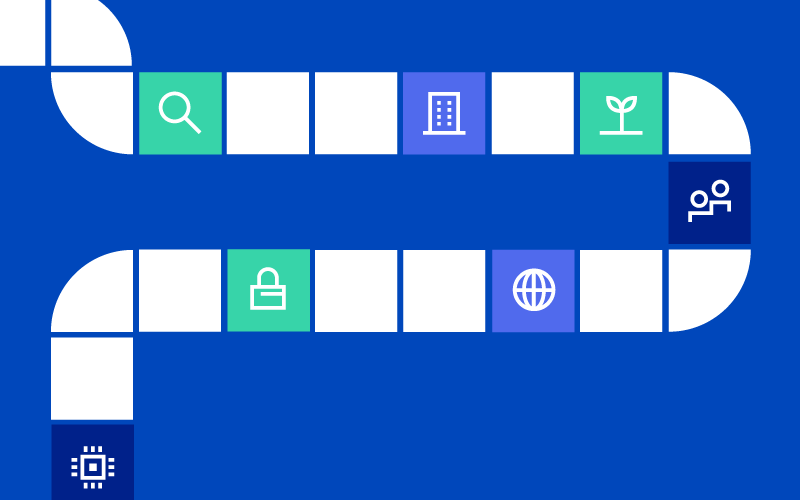Sabanci sees acquisitions as part of its strategy to reach USD 20bn NAV by 2029 – CFO
Turkish conglomerate Sabanci Holding [IST:SAHOL] is considering acquisitions for its renewable energy, digital and advanced materials business lines as part of its strategy to double its net asset value (NAV) to USD 20bn by 2029, CFO Orhun Kostem, told Mergermarket.
Potential acquisition targets for renewable energy will be in the US, which is also a market where the company wants to grow organically, Kostem said. Its data centres business, which is part of its new digital business line, will grow organically and inorganically in the US and Western Europe, he said.
In August, Sabanci’s cement group Cimsa [IST:CIMSA] signed a share purchase agreement to acquire a 94.7% stake in the Irish cement group, Mannok Holdings DAC, through an Irish affiliate. Further international deals are likely, particularly for the digital division, Kostem said.
Deals abroad make sense in case sizeable targets are not available in Turkey, Kostem said. The company is particularly interested in Europe and the US, he said.
“If you look at the first-half results, you can see a significant cash position, which the holding aims to funnel into investments,” the executive said. The holding-only net cash position was TRY 12bn (EUR 327m) at the end of the first half.
Sabanci has reserved USD 5bn for renewable energy and sustainable businesses to reach its climate targets and its total investment budget is expected to reach 15%-20% of its revenues, the executive said. Its revenues in 1H24 were TRY 509bn (EUR 13bn).
The share of energy in Sabanci’s investments is expected to increase along with material technologies and mobility solutions, Kostem said. Digital is a new business line that will help the company provide higher value-proposition businesses, he added.
New structure
The holding company restructured its business lines in 2024. Kordsa [IST:KORDS], which was under the industry division, was moved to the material technologies division, together with cement manufacturers Cimsa and Akcansa [IST:AKCNS]; while tyre maker Brisa [IST:BRISA] and bus manufacturer Temsa formed the mobility solutions division, according to the CFO.
The holding company acquired a majority stake in Bulutistan, a managed cloud services company, for USD 39m as the first step in its digital growth strategy in August 2024.
The new division has three business areas: infrastructure as a service (IaaS), platform as a service (PaaS) and software as a service (SaaS). The Bulutistan acquisition is part of the PaaS growth strategy, Kostem said.
Data centres are part of the company’s IaaS segment. There is an energy element to running data centres, as reported.
Sabanci Holding has set a target of reaching Net Zero by 2050, Kostem said. It will invest a total of USD 5bn between 2022 and 2027 in renewable energy and sustainability to achieve its carbon footprint reduction targets, he said.
Energy is the highest EBITDA generator in the company’s portfolio and significantly contributes to its NAV through its high dividend pay-out ratio, the CFO said.
Sabanci has generation capacity of 3.8GW and 47% of that is based on renewable energy, Kostem said, adding that the target is to increase it to 5GW in the next five years. Around 1GW will come from wind investments that are underway, with the rest from small acquisitions. he said.
The company is investing in wind power with the financial backing of Development Finance Corporation (DFC) from the US, as well as other local and international financial institutions. In the next five years, one out of every three wind power plants in Turkey will be built by Sabanci Holding.
Sabanci’s renewable energy investments in the US will continue and the plan is to at least double its capacity there from 500 MW, the CFO said.
Financial services contribution to NAV
Five years ago, more than half of Sabanci Holding’s NAV was generated by banking and financial services, the executive said. In the first half of 2024, Sabanci’s NAV reached USD 10bn. Energy had a 32% share of the company’s NAV, while banking and financial services contributed 43%, material technologies and mobility solutions 18%, others had 5% and digital had 2%, the CFO said.
Sabanci Holding’s net debt/EBITDA ratio stands at 1.3x as of 1H24 and its announced long-term target is to stay below 2x, Kostem said. As a holding company, Sabanci could easily handle debt up to 20% of its NAV, or USD 2bn, he added.
“This means there is still room for external financial but this doesn’t mean that it would be exercised since the main plan is still keep net debt/EBITDA below of 2x,” Kostem said.
Sabanci Holding’s hard currency non-bank revenues stood around 20% and its 2029 strategic target is to increase it over 30%, the CFO said.
Asset rotation
Although no divestment decisions have been taken, a constant review of the company’s portfolio will help it reach its NAV target, the CFO said.
The most recent exit was Philsa, a cigarette maker, in 2021. Sabanci used the divestment proceeds to invest in the new businesses, Kostem said.
The holding company manages its majority stake in its retailer joint venture (JV) Carrefoursa [IST:CRFSA] in a way that is meant to maximise its value through franchise growth, Kostem said. The idea is to maximise the profit when a strategic decision is made, he said, without elaborating further.
Teknosa [IST:TKNSA] has transformed itself from tech retailing to a marketplace, which is growing and increasingly becoming part of the new digital business, Kostem said.
Currently, bus manufacturer Temsa and energy company Enerjisa Uretim are the only private companies in the report. Enerjisa Uretim is a JV between Sabanci and German energy company E.On ETR:EOAN]. A press report in October suggested that an IPO could be on the cards. However, Kostem said no final decision has been taken yet.
There are 12 public corporations within the portfolio, including the holding company itself, and it has six strategic partners, Kostem said. Some 6% of the Borsa Istanbul companies are Sabanci’s and the holding company sees IPO as a feasible tool to crystalise the value of its investments or raise capital, he said, declining to elaborate further.
The holding company plans to grow in health through Medisa, a health insurance business that was carved out and established as a JV with insurance partner Ageas. That will be built under the financial services business, Kostem said.












